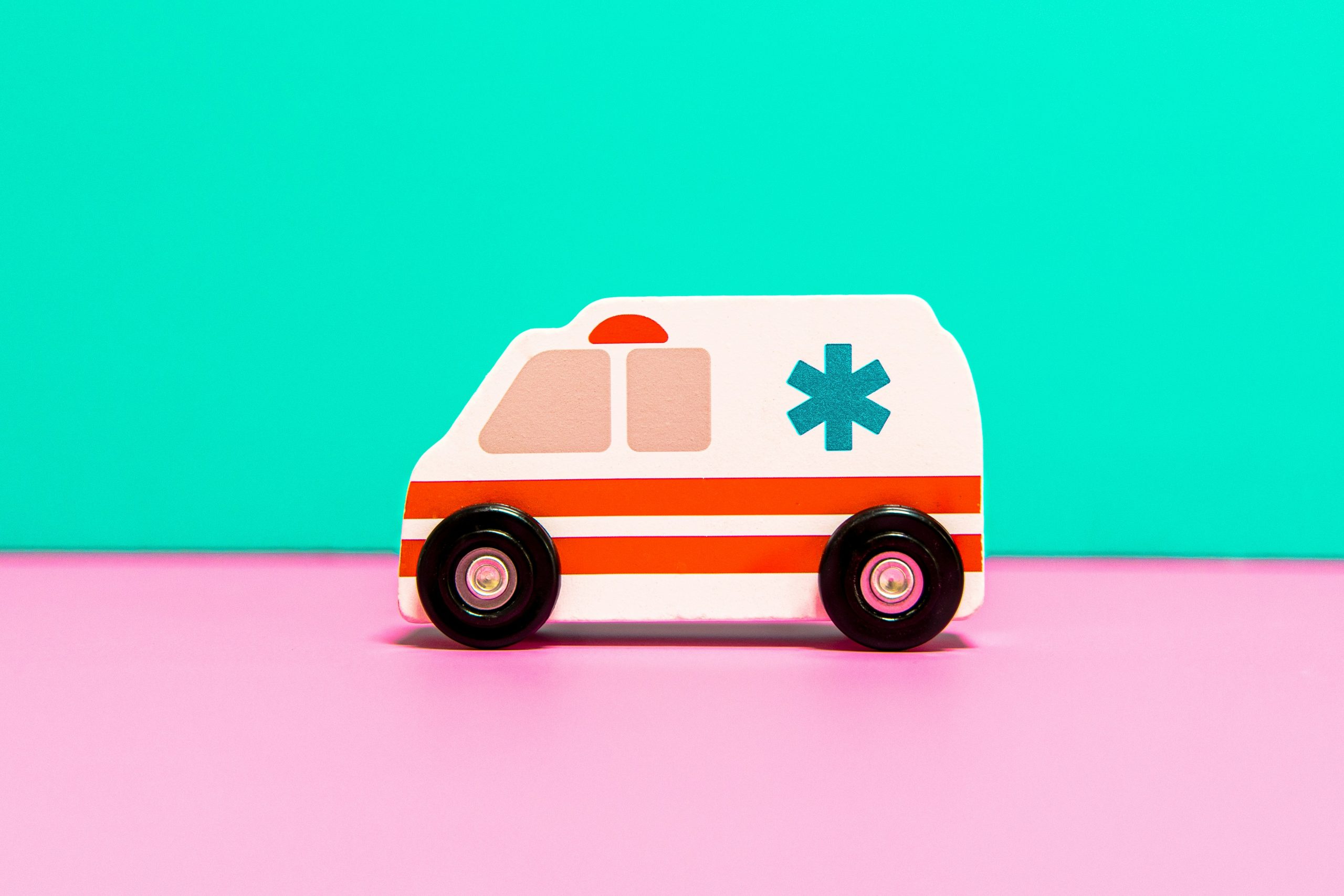Jancee Dunn reports for the New York Times on how to prepare for an at-home emergency. When the ambulance arrives, in many instances, speed can be life-saving. If you or someone you love has suffered a heart attack or stroke, your brain can suffer irreparably within minutes.
How to get emergency services at home: Sometimes, you’ll have to call 911. But, sometimes, you’ll be able to contact the ambulance company directly. So, before any emergency arises, contact the hospital you’d want to be admitted to in an emergency to learn which ambulance company you should use to get there, write down the company’s name and phone number and put it in a safe place.
Keep your costs down: Double-check with your insurer that your health insurance will cover that ambulance.
Keep in mind that hospital emergency rooms are not equal. Some are far better than others. Make sure you choose an emergency room that will meet your needs.
If you call 911, let the ambulance company know the hospital you want to be taken to. The ambulance generally will take you to the nearest hospital. But, if you live in a city, there might be several hospitals within a short distance. If so, the ambulance should be able to take you to the hospital of your choice.
Three steps to prepare for a trip to the ER:
- Put together your personal information–your name, birthdate and information about your health, including your blood type, the medications you are taking. Share the document with family and friends.
- If you’re home alone, make sure that your personal and health information is easy for a stranger to locate. Tape it to your front door. Enter it on your mobile phone medical ID page. Medical ID information does not require a password to access.
- If an ambulance is coming to your home, if possible, unlock the front door so it’s easy to enter.
Here’s more from Just Care:

Leave a Reply